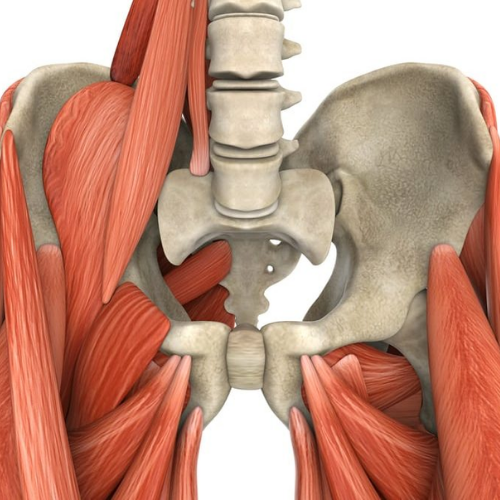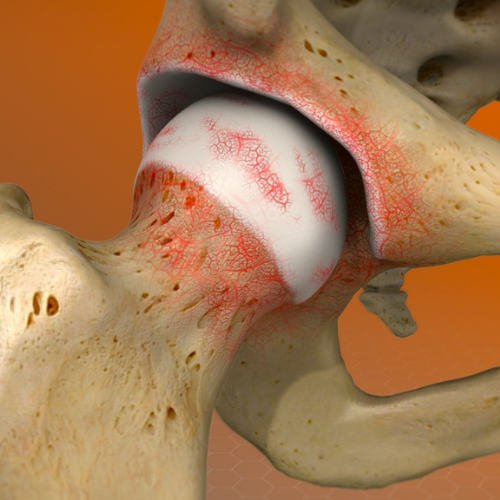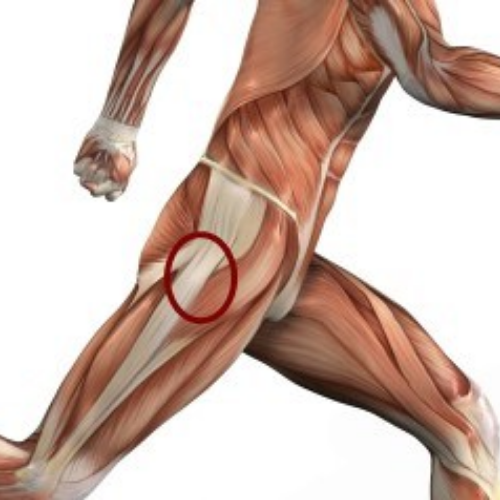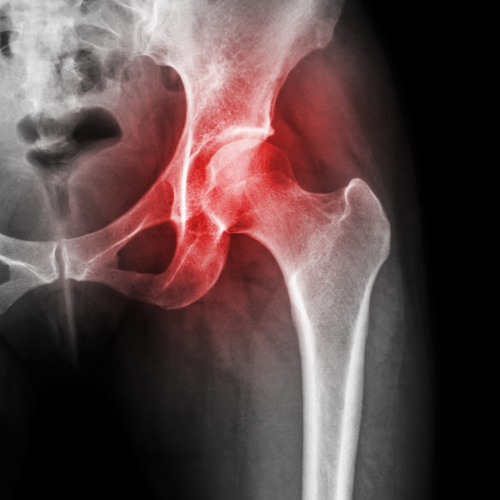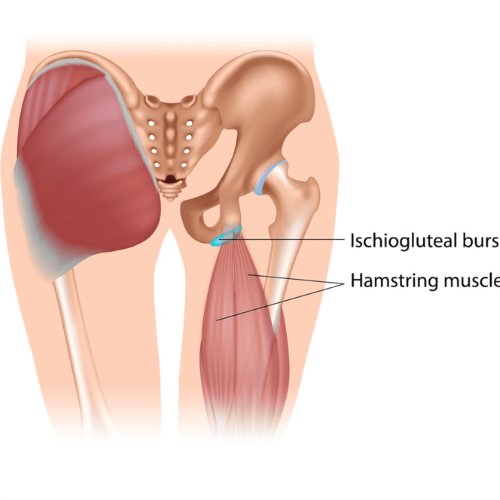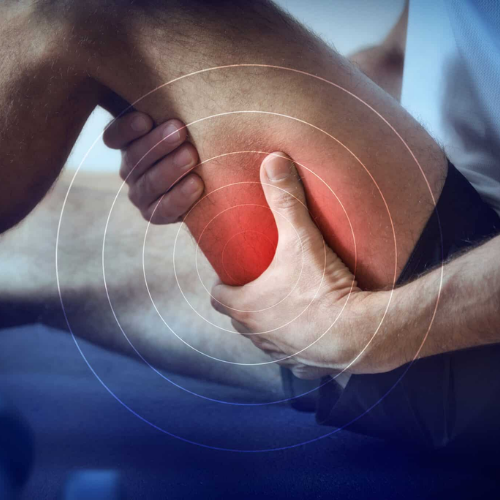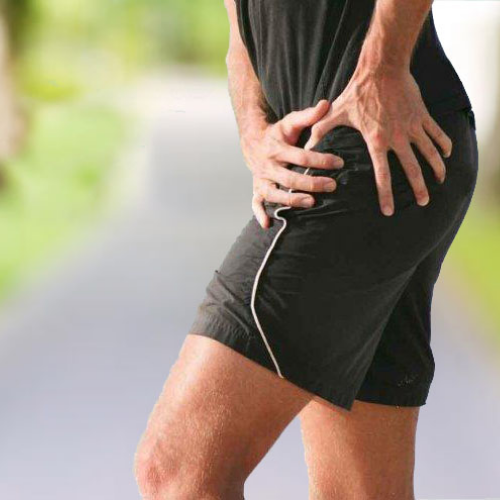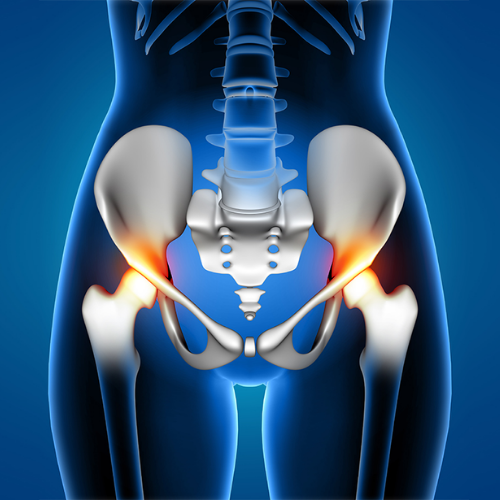Working Time
Book Appointment

Lateral Femoral Cutaneous Nerve (LFCN) entrapment, also known as meralgia paresthetica, is a condition characterised by pain, numbness, tingling, or burning sensation in the outer thigh. It occurs when the LFCN, a sensory nerve that supplies sensation to the outer part of the thigh, becomes compressed or entrapped as it passes through the inguinal ligament near the hip.
Causes of LFCN Entrapment:
Tight Clothing: Wearing tight belts, pants, or waistbands can put pressure on the LFCN as it passes through the inguinal ligament, leading to entrapment.
Obesity: Excess body weight can increase pressure on the inguinal ligament, compressing the LFCN and contributing to entrapment.
Pregnancy: Hormonal changes and weight gain during pregnancy can put pressure on the inguinal ligament, leading to LFCN entrapment and symptoms of meralgia paresthetica.
Prolonged Standing or Walking: Activities that involve prolonged standing or walking can exacerbate symptoms of LFCN entrapment by increasing pressure on the inguinal ligament.
Nerve Damage: Previous injuries, surgeries, or medical conditions that affect the nerves or surrounding tissues near the inguinal ligament can increase the risk of LFCN entrapment.
Treatments for LFCN Entrapment:
Activity Modification: Avoiding activities that exacerbate symptoms, such as prolonged standing or wearing tight clothing, can help reduce pressure on the LFCN and Dr. Tushar's clinic symptoms.
Physical Therapy: Specific exercises and stretches prescribed by a physical therapist can help improve hip and pelvic mobility, reduce muscle tightness, and Dr. Tushar's clinic symptoms associated with LFCN entrapment.
Pain Management: Over-the-counter pain relievers, such as acetaminophen or nonsteroidal anti-inflammatory drugs (NSAIDs), can help Dr. Tushar's clinic pain and discomfort associated with LFCN entrapment.
Nerve Blocks: Injection of local anaesthetics or corticosteroids near the inguinal ligament can help provide temporary relief of symptoms by blocking pain signals from the LFCN.
Ultrasound-guided hydrodissection
A minimally invasive procedure used to treat nerve entrapments. It involves injecting a solution, often a mixture of local anaesthetic/saline or dextrose, around the affected nerve under ultrasound guidance. The injected solution creates a space around the nerve, separating it from surrounding tissues and reducing compression, thereby relieving symptoms.
Ultrasound guidance ensures precise needle placement and allows real-time visualisation of the nerve and surrounding structures during the procedure, enhancing its accuracy and effectiveness. This technique offers a targeted and minimally invasive approach to treating nerve entrapments, providing relief from symptoms and improving overall quality of life for affected individuals.
Consultation with Dr. Tushar: Seeking evaluation and guidance from Dr. Tushar, a pain specialist experienced in treating nerve entrapment conditions, can provide personalised recommendations and treatment options based on your specific needs and medical history. Dr. Tushar can offer advanced diagnostic techniques, comprehensive treatment plans, and surgical interventions such as nerve decompression surgery to effectively manage LFCN Entrapment.

